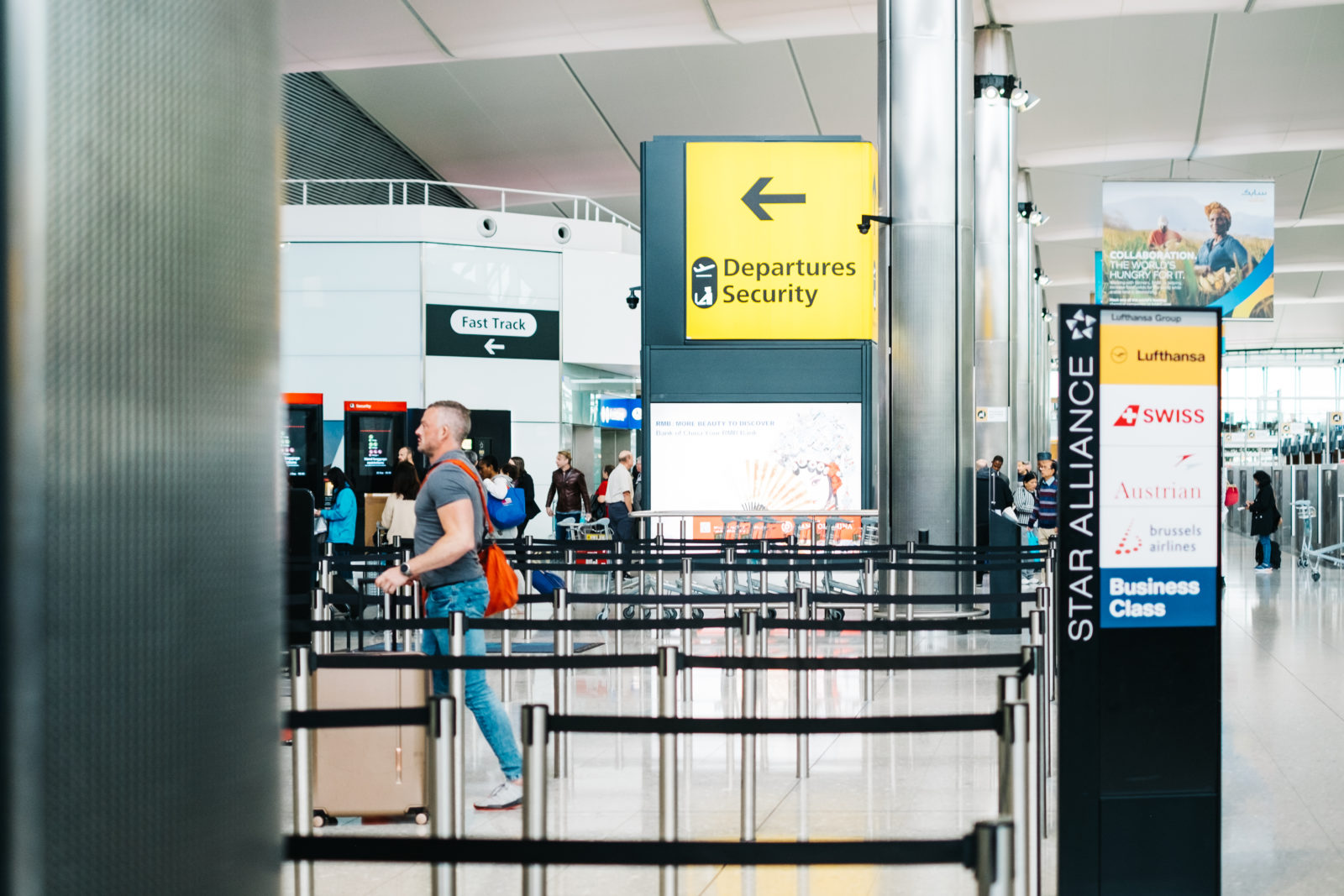
The British government might have to delay eagerly anticipated changes to liquid restrictions for passengers travelling through the UK’s airports because a deadline to install upgraded security scanners will be missed by the country’s four largest airports, including Heathrow and Gatwick.
The deadline to install the new scanners was already pushed back by two years due to the pandemic, but in late 2022, the British government set a new 2024 deadline for airport operators to install the latest generation of Computed Tomography (CT) scanners.
The CT scanners not only eliminate the need for passengers to unpack their bags at the security checkpoint and place liquids and electronic items into separate trays, but they also remove the onerous restrictions on liquid sizes that passengers are allowed.
Major airports like Heathrow have started the process of installing the new scanners, but it turns out that swapping the old X-ray bag scanners with the new kit hasn’t been as straightforward as originally planned.
CT scanners are much larger than the machines they replace and also much heavier. Airport operators are having to carry out major upgrades to their security checkpoints before the CT scanners can be installed, including, in some cases, reinforcing floors to prevent them from collapsing under the weight of the new scanners.
Heathrow Airport has closed a special security lane for British Airways First Class passengers to carry out upgrade works which could take several months. The airport now doesn’t think it will have the new tech installed across its estate until mid-2025 – a year later than planned.
CT Scanners work by creating a 3-D image of the contents of luggage, which is then analysed by sophisticated algorithms to detect weapons, explosives and other prohibited items, including liquid explosives.
The scanning process is actually slower than existing x-ray machines, but it’s believed that security lines will move faster because passengers don’t need to unpack their bags, and there will be far fewer ‘rejected’ bags requiring additional inspection.
The current liquids restrictions were quickly introduced in 2006 after a transatlantic liquid bomb plot was foiled by British and American intelligence services, but once the CT scanners are completely rolled out, passengers will be able to take up to 2 litres of liquids in their hand luggage.
With the rollout only partially complete, passengers going through checkpoints with the new scanners no longer have to remove liquids or electronics from their bags but must still comply with the 100-liquid rule.
Related
Mateusz Maszczynski honed his skills as an international flight attendant at the most prominent airline in the Middle East and has been flying ever since... most recently for a well known European airline. Matt is passionate about the aviation industry and has become an expert in passenger experience and human-centric stories. Always keeping an ear close to the ground, Matt's industry insights, analysis and news coverage is frequently relied upon by some of the biggest names in journalism.







